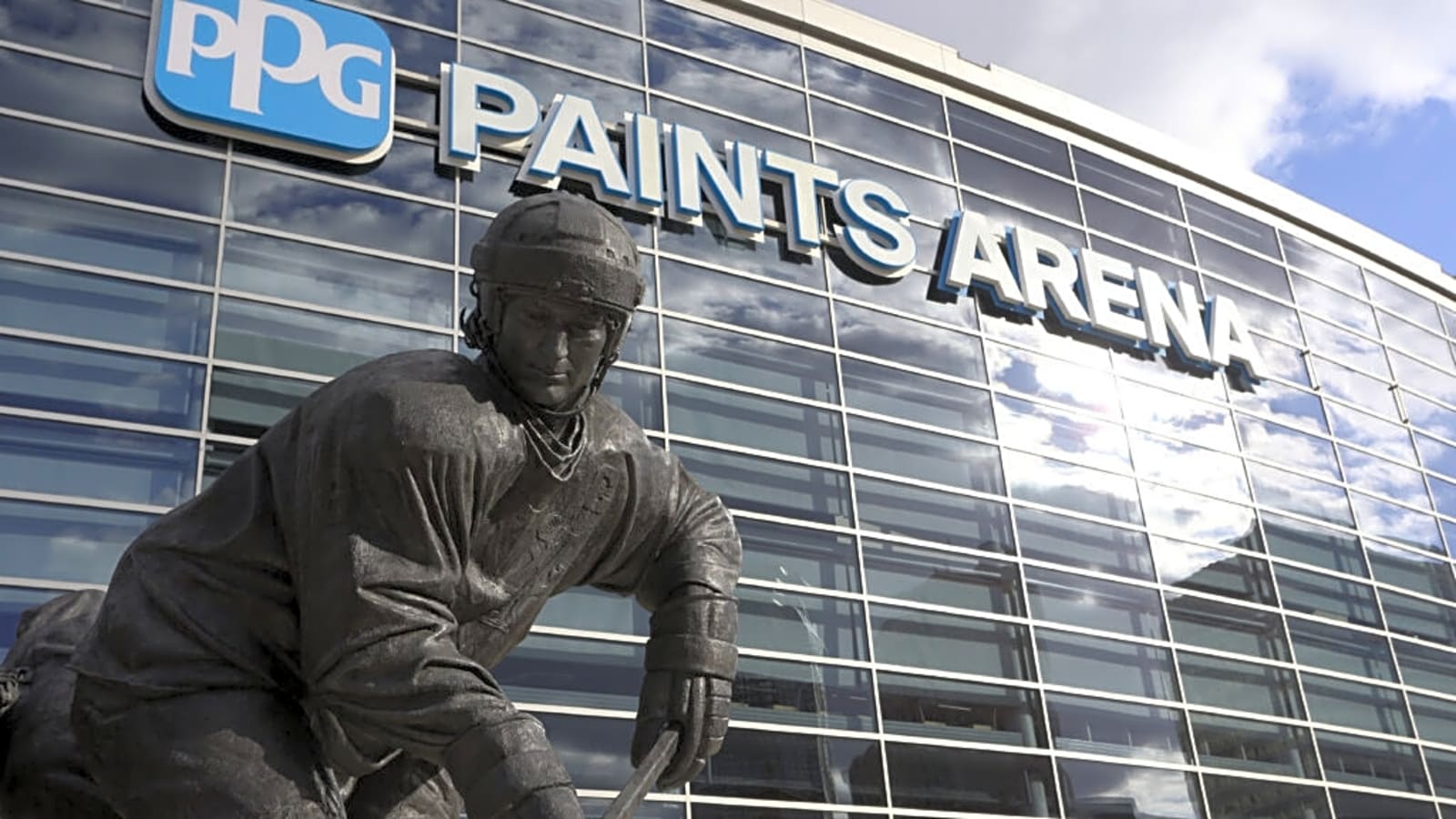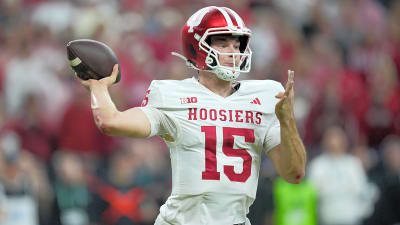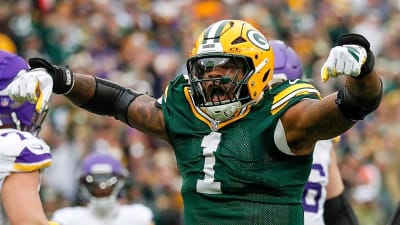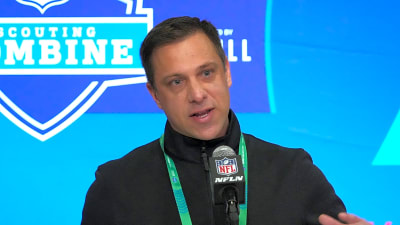
Hockey and sports in general can be broken down into moments. Some moments are bigger than others and chart the course of a franchise, and even an entire league. These moments can define a team’s destiny for years to come. Last Word On Hockey’s Summer Series looks at these defining moments. Today we feature the biggest defining moment from the Pittsburgh Penguins.
Defining Moments of the Pittsburgh Penguins
Super Mario
Having entered the league in the 1975 expansion, the Penguins struggled to find their footing in the league for a while. With dwindling attendance numbers and fading hope of a stable hockey club, an opportunity arose for the Penguins to draft rookie phenom Mario Lemieux first overall. His selection by the Penguins would change the course of the franchise for the better, with the effects of his time in Pittsburgh being felt to this day.
The Build Up
Going into the 1983-84 season, Lemieux was one of the most hyped up prospects ever. Playing for the QMJHL’s Laval Voisins, he captained the team to a championship in his draft year. He scored 133 goals and 283 points in just 70 regular-season games. Then, he added 29 goals and 52 points in just 14 playoff games.
While Lemieux was skyrocketing his value, the Penguins were going in the opposite direction. Staring down bankruptcy, Pittsburgh management executed what may be the NHL’s most deliberate tank job. Former Norris Trophy defenceman Randy Carlyle was moved out for a first and fringe prospect. Furthermore, starting goaltender Michel Dion was waived to the minors. Veteran centre Pat Boutette moved for future considerations. General manager Eddie Johnston had no plans on bringing back anything that could positively affect the team’s performance.
The Penguins financial state left the team with just one viable path, tank for Lemieux. While they didn’t admit as much during the season, both GM Johnston and head coach Lou Angotti later admitted the plan. When scouting Lemieux, Johnston stressed the need to play badly to ensure the rights to Lemieux, even exclaiming that doing so would mean “There’s a very good chance it will cost us our jobs”. Angotti agreed, saying, “I think it’s the right thing to do“. The Penguins finished dead-last, securing Lemieux with a 16-58-6 record. Lemieux was originally reluctant to play for the franchise, but he quickly relented, becoming the most important figure in the franchises history.
The Moment
Even with just 24 wins the next season, the difference made by Lemieux’s arrival was evident. Through 73 games, Lemieux scored 43 goals and 100 points, winning the Calder Trophy. He would also be named to the All-Star team and capture the MVP trophy for the game. Attendance rose from an average of under 7,000 the season prior to just over 10,000. His second season in 1985-86 continued the ascent. Lemieux exploded for 48 goals and 141 points through 79 games. The team would finish 34-38-8, missing the playoffs by two points, while average attendance spiked to an average of 12,500 fans per game. This trend would continue for another couple of seasons. The Penguins would barely miss the playoffs while Lemieux eclipsed 100 points.
After a few more years of building, including the addition of a rookie Jaromir Jagr, the 1990-91 season would finally pay out massive dividends for the Penguins. The team finished the season 41-33-8, winning their first division title. Lemieux was absent for much of the regular season, scoring 45 points through just 26 games. While Lemieux would miss six playoff games, his 23 appearances were enough to earn him the Conn Smythe Trophy. He scored 16 goals and 44 points to lead the team in scoring, fulfilling the prophecy set by Johnston and Angotti seven years prior.
The payoff from the decision of centring the entire franchise on Lemieux continued the next season. Pittsburgh would finish 39-32-9, once again led by Lemieux in team scoring. Through 64 regular season games, he scored 131 points, missing 16 games to injury. The playoffs were once again a stage for Mario Lemieux to flex his excellence. He would score 34 points through 15 playoff games. In doing so, Lemieux won a second straight Conn Smythe Trophy.
The Aftermath
The fun didn’t last long. In January 1993, Mario Lemieux was diagnosed with Hodgkin lymphoma. Despite missing 24 games due for treatment, “Super Mario” still scored 160 points, winning the Art Ross Trophy. He sat out next season, and Pittsburgh was eliminated in the first round. The next few years after this would see similar patterns. Lemieux leading the team in scoring, but the team itself couldn’t return to championship form. In April 1997, Lemieux retired due to health issues stemming from his long-standing injuries. Meanwhile, the teams finances crumbled. Years of bad ownership decisions and playoff disappointment caught up with them.. Pittsburgh filed for bankruptcy, owing $32.5 million to Lemieux, and over $90 million in total debt. The momentum of the early ’90s had been squandered.
Facing bankruptcy, Lemieux made a shrewd financial decision. The team that Eddie Johnston sought to save through acquiring Mario Lemieux in 1984 would once again be saved by the legendary centre. Lemieux teamed up with investors such as Ron Burkle to buy out the team and on September 1st, 1999, Mario became the first former NHL player to own the team he played for. With the organization riding high, it would get another supposed boost. Mario Lemieux came out of retirement in December of 2000. He scored 76 points through the remaining 43 games of the season. Unfortunately, Lemieux continued to suffer through injuries, playing just 67 games over the next three seasons.
Other Penguin Defining Moments
Passing The Torch to the Next One
As Lemieux struggled through injuries, the organization did too. After a strong conference finals appearance in Lemieux’s return season, the next three were markedly worse. The team would fail to qualify for the playoffs in each of the next four seasons. With more financial issues, stars like Jaromir Jagr had to be trimmed off the roster to cut costs. The roster quickly turned into a rebuilding one, turning more fans away than ever before. Finishing near the bottom of the standings did help position Pittsburgh to draft future members of their cup winning cores however. Marc-Andre Fleury and Evgeni Malkin were taken 1st and 2nd overall in the 2003 and 2004 NHL Entry Drafts.
The NHL lockout wiped out the 2004-05 season, with Sidney Crosby projected to go first overall in the following draft. Nicknamed “The Next One,” Crosby drew comparisons to Wayne Gretzky and Pittsburgh’s own Mario Lemieux.
As fate would have it, the Penguins won the 2005 NHL Lottery, earning the right to select Crosby first overall. 20 years after Lemieux, history echoed itself with another generational prospect saving the franchise
Crosby’s arrival sparked immediate excitement in Pittsburgh. Lemieux as both an owner and captain of the team, took the rookie under his wing. He even let Crosby live with him during his first few years in the league. Attendance surged back up as Crosby scored 100 points in his rookie season.
The torch had been crossed. Crosby was joined by Malkin, Fleury and Jordan Staal to make a formidable young core of top draft picks. The excitement stemming from this helped the team start digging itself out of it’s financial woes. By 2006, the team was ready to start competing. They would lose in six games to the Ottawa Senators while gaining valuable experience that would factor into their success in later years. Due to Lemieux’s insistence on keeping the team in Pittsburgh, it was able to survive the lean years and had its new stars ready.
Return to Glory
Under Sidney Crosby, the Penguins got off to a flying start. They reached the 2008 Stanley Cup Final, losing to the Detroit Red Wings in six games. This loss fueled the team. The team avenged their the previous final by beating the Red Wings in seven games to capture the 2009 Stanley Cup.
After a few quieter seasons, the Penguins returned to championship glory, winning the 2016 and 2017 Stanley Cup Final. Crosby and his Penguins had mirrored Lemieux’s team, bringing success and the Stanley Cup back to the faithful fans in Pittsburgh.
More must-reads:
- Three underperforming NHL players who must step up
- Why Mario Lemieux remains greatest Penguin despite Sidney Crosby's achievement
- The 'Multiple 3-rushing-TD games in a season' quiz
Customize Your Newsletter
 +
+
Get the latest news and rumors, customized to your favorite sports and teams. Emailed daily. Always free!








